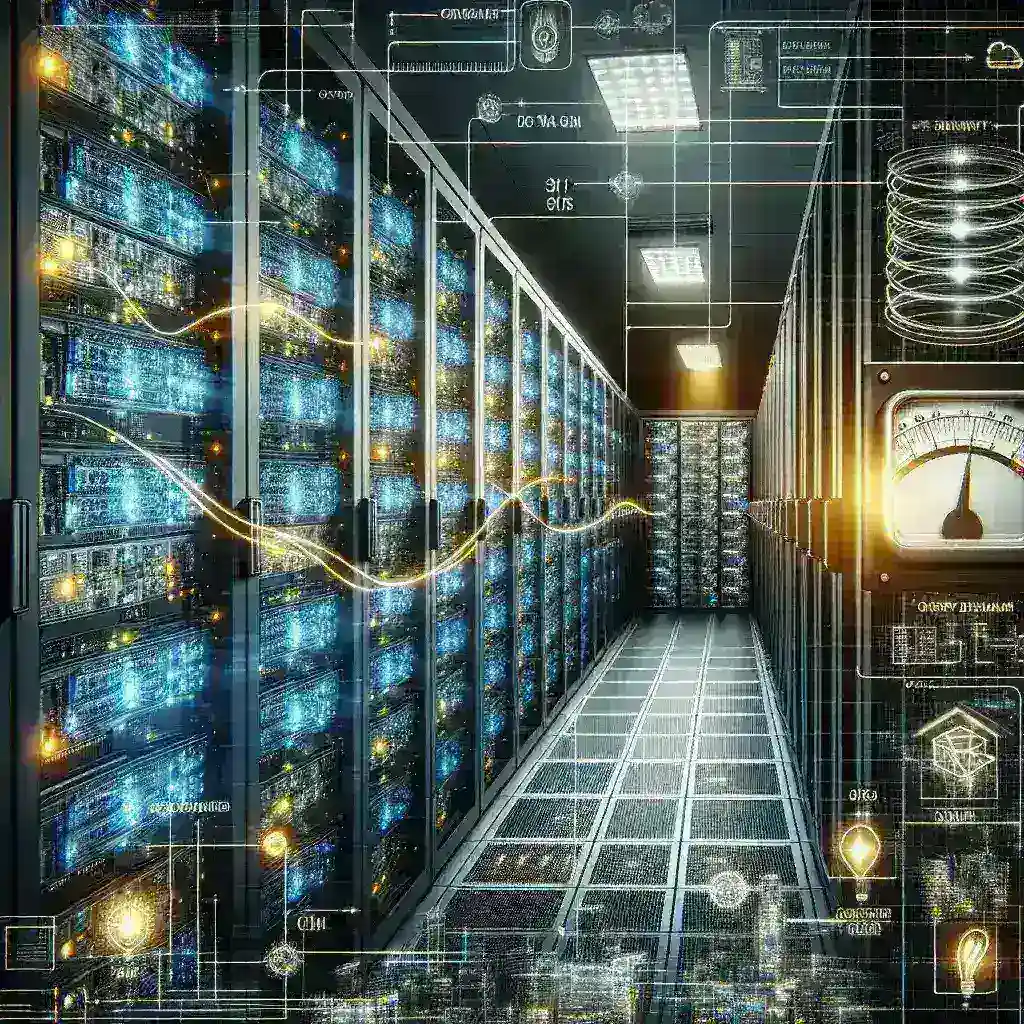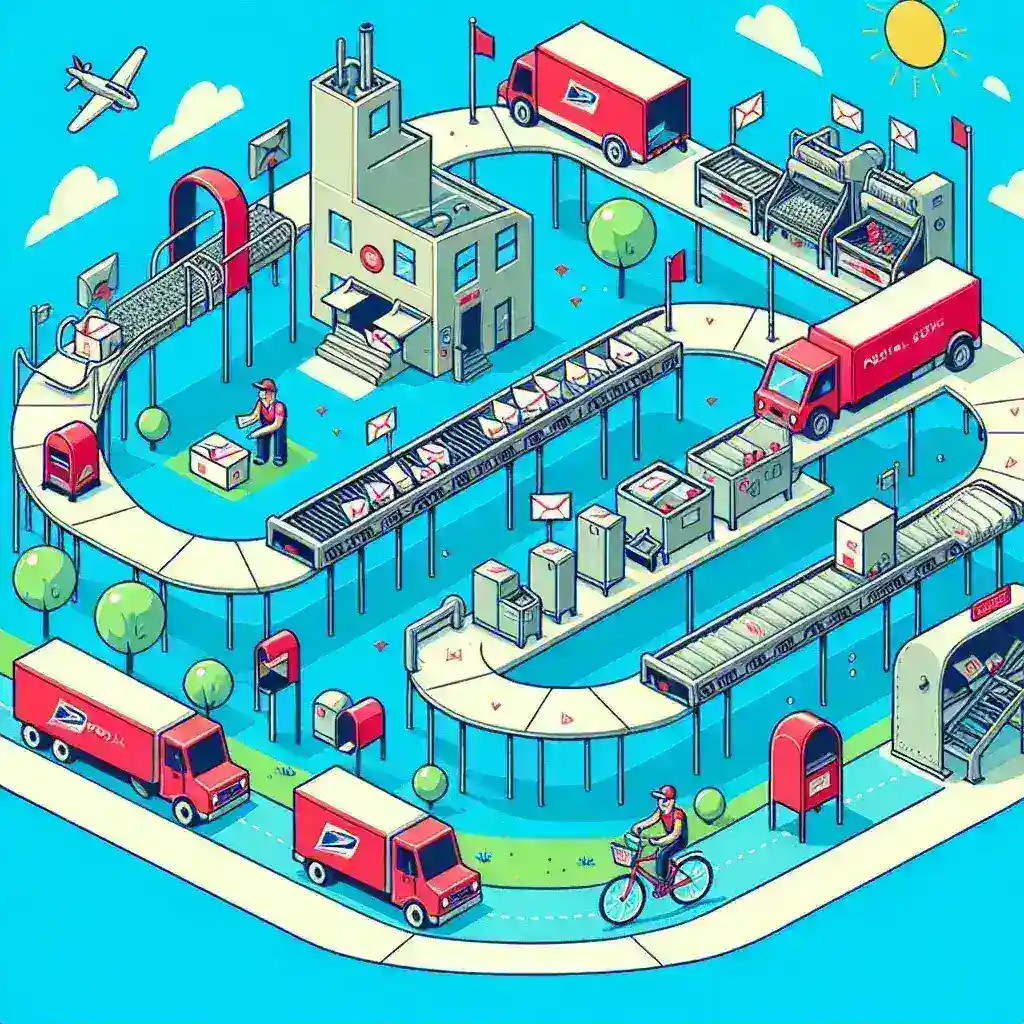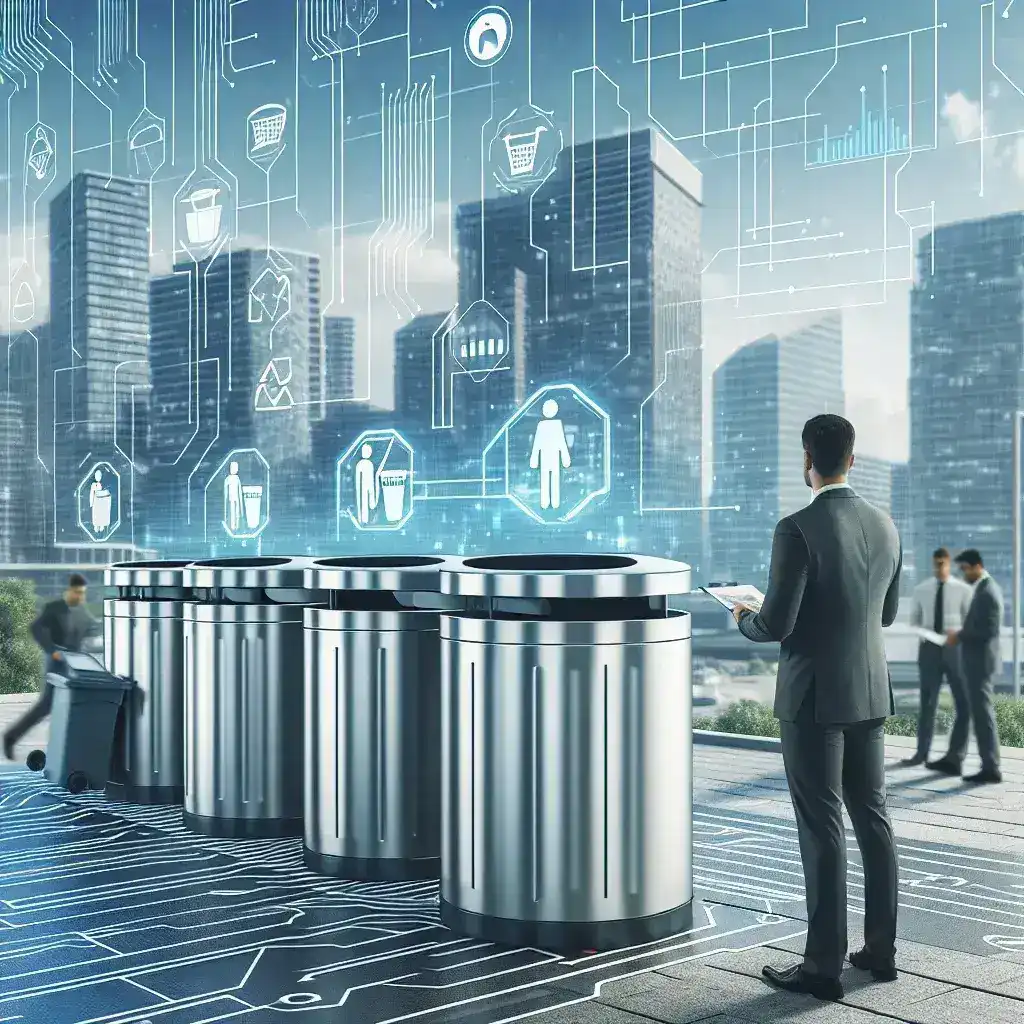Introduction
The rapid expansion of digital infrastructure has led to a dramatic increase in energy demand from data centers, which are the backbone of our increasingly connected world. Understanding the implications of this demand on grid planning is crucial for sustainable energy solutions.
The Growing Energy Demand of Data Centers
Data centers consume a significant amount of energy, accounting for about 2-3% of global electricity usage. This figure is predicted to increase as more businesses migrate to cloud solutions and as the Internet of Things (IoT) proliferates.
Historical Context
In the early 2000s, data centers were seen as mere back-office operations, but with the rise of big data and the cloud, their role transformed. The increasing demand for online services, streaming, and social media has created a perfect storm, pushing data centers to rapidly scale up their operations and, consequently, their energy consumption.
Understanding Grid Planning
Grid planning involves the strategic alignment of electricity generation and distribution to meet demand. With the growing energy consumption from data centers, planners must consider various factors such as:
- Current energy policies
- Technological advancements
- Renewable energy integration
- Energy efficiency measures
The Impact of Data Center Demand on Grid Infrastructure
As data centers expand, they place unprecedented pressure on existing grid infrastructure. Here are some impacts to consider:
Increased Load on Electrical Grids
Data centers often require large amounts of power, leading to spikes in electricity demand. This can strain local grids, particularly during peak usage hours. If not managed correctly, this can lead to:
- Increased risk of blackouts
- Higher operational costs for grid operators
- Increased greenhouse gas emissions if fossil fuels are used to meet demand
Investments in Infrastructure
To cope with the rising demand, significant investments in grid infrastructure are necessary. This may include:
- Upgrades to transmission lines
- Enhanced energy storage solutions
- Smart grid technologies to optimize energy usage
Renewable Energy Integration
One of the most promising solutions to the energy demand of data centers is the integration of renewable energy sources. By leveraging sources such as solar, wind, and hydropower, data centers can reduce their carbon footprint and contribute to a more sustainable energy future.
Opportunities for Sustainable Energy Solutions
While the energy demand from data centers presents challenges, it also offers opportunities for innovation. Here are some potential solutions:
Energy Efficiency Technologies
Implementing energy-efficient technologies can significantly reduce the energy consumption of data centers. Measures include:
- Advanced cooling systems
- Efficient server utilization
- Use of machine learning algorithms for energy management
Decentralized Energy Systems
Decentralized energy systems, such as microgrids, can alleviate some pressure from the main grid by generating and consuming energy locally. This approach enhances resilience and can integrate renewable energy sources more effectively.
Future Predictions
Looking ahead, data center energy demand is expected to grow, driven by technological advancements and the continuous shift towards digital services. Here are some predictions:
- Increased adoption of artificial intelligence and machine learning will heighten computational requirements.
- More organizations will prioritize sustainability, pushing for greener energy sources.
- Regulations surrounding energy consumption and emissions will likely become stricter, prompting data centers to adapt rapidly.
Conclusion
The energy demand from data centers is a critical factor in grid planning, presenting both challenges and opportunities. By understanding and addressing these demands, we can ensure a reliable and sustainable energy future that meets the needs of our digital economy.



